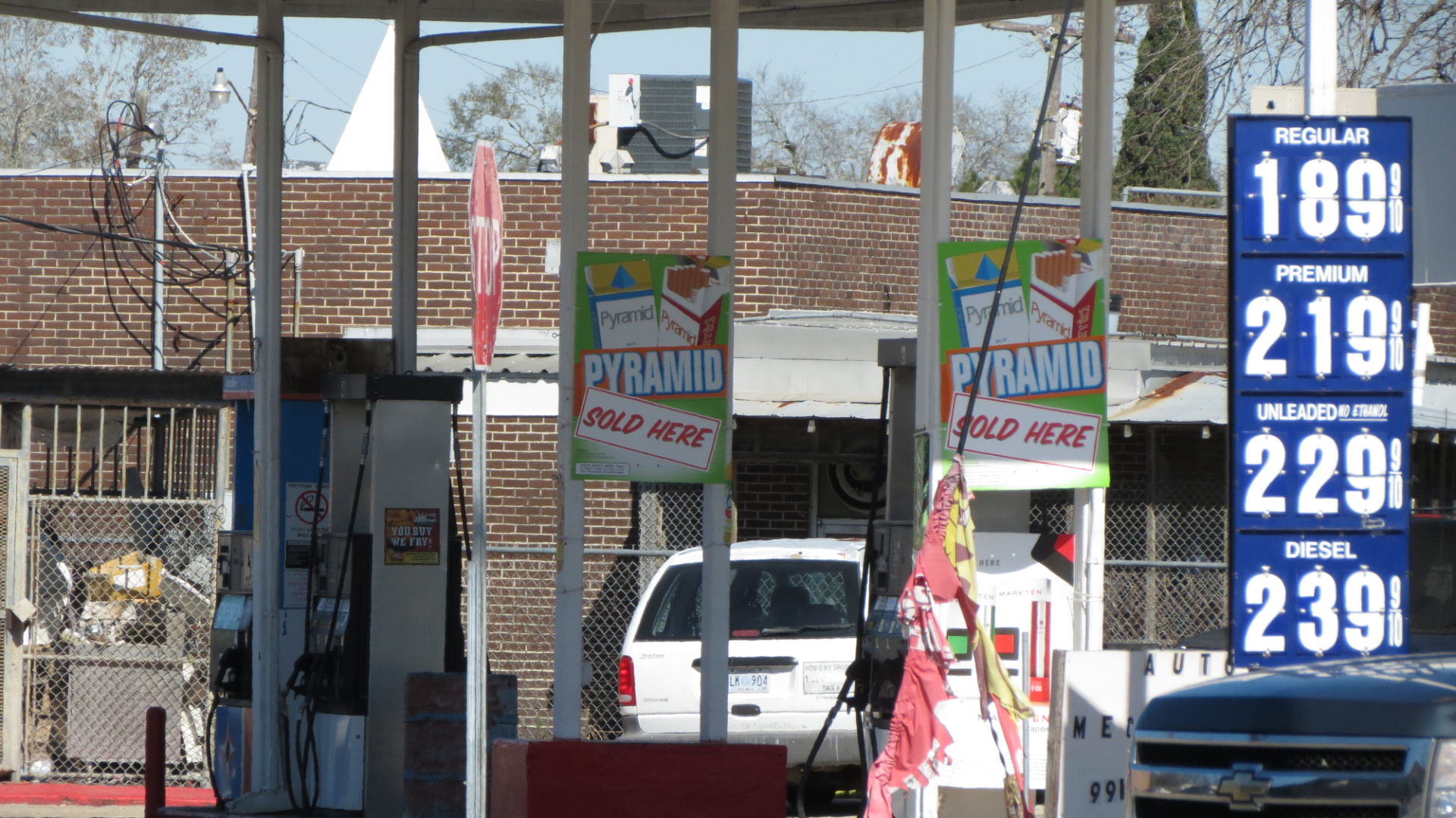
Houma PD: Neighborhood Watch making a difference locally
January 27, 2015
TRMC wellness center closer
January 27, 2015You hear time and time again that we here in the Bayou Region have an inverse economic relationship to the price of gas.
That is, when gas prices are up, oil and gas is booming.
And when gas prices are down, oil and gas is struggling.
That means high gas prices are bad for our wallets at the pump but good for our wallets at work and visa-versa.
Well, if that’s the case, then how come our industry continues to boom and you keep getting nice paychecks while many service stations are featuring sub-$2 prices?
It’s not because the theory isn’t true.
It’s because, here, it isn’t true, yet.
According to economic consultant and oil and gas expert Dr. Loren Scott, short-term fluxuations in the price of gas do not affect our deepwater oil and gas industry very much.
And here in the Bayou Region, deepwater production accounts for just about all of our oil and gas industry.
Because the breakeven point for deepwater drilling is as low as about $30 per barrel for some companies – far lower than shallow water drilling and land-bound fracking, companies can continue to operate off the coast of Louisiana.
With the current price of a barrel of oil at about $50 as of press time – down from more than $100 per barrel just six months ago – companies operating in southeast Louisiana are seeing minimal cutbacks and layoffs, granted, but nothing like inland fracking operators who have to deal with a breakeven point of as high as $90 per barrel.
According to the latest information available to The Times as of press time, jobs in the Houma-Thibodaux MSA were up 1.6 percent from November 2013 to November 2014 – fourth best in the state over the time period, and mining jobs were slightly down by about 200 from October 2014 to November 2014.
Scott said that dips in employment in the bayou region have gotten smaller over time due to a long-term approach of about 10 years utilized in deepwater drilling budgeting.
“They’re not concerned on what’s happening in the first quarter of 2015. They look historically what’s happened with oil prices. They know it goes up. They know it goes down, so they’re not going to change their plans in the deep water based on this short-term decline in the price of oil,” Scott explained. “Back in the early 80s when we had a drop in the price of oil, you saw a tremendous drop in your employment – like 28 percent – the worst in the state during that time period. But now you’re seeing when you have a little bit of a dip, your drops are more like two percent because the industry is more tightly run now than it is in the early 80s.”
Scott, and other industry experts, including National Ocean Industries Association President Randall Luthi, who spoke at last week’s SCIA Luncheon in Houma, attribute the dip in the price of oil to Organization of the Petroleum Exporting Countries (OPEC) – an organization made up of a cartel of 12 countries – seeing the United States as a threat to their market share of the energy needs at not only at home in America but even abroad as the U.S. Department of Commerce OK’d exporting oil in August for the first time since 1975.
The influx of fracking in America, along with the longstanding deepwater drilling industry, has raised America’s production more than 70 percent since 2008.
“No other country in the world has increased their output that much by any stretch. We’re just off the charts in terms of what we’ve done since 2008,” said Scott.
That’s a scary proposition for a group of nations, which base their national budgets largely on oil and gas profits.
Therefore, industry experts speculate that OPEC – with strong force from its most prolific producer Saudi Arabia behind the scenes – has temporarily increased production in order to flood the market and lower prices. The hope: Drive American fracking and shallow water enterprises with high breakeven points out of business, lowering the amount of competition on the market before lowering production itself and raising prices again.
“Internationally, this is an odd situation to be in,” Luthi said. “What traditionally happens when prices go down, OPEC usually cuts production. Not so this time, and one of the reasons why is they know if they cut production that new competitor, that new kid on the block, is just going to increase production and take up a share of their market, and that new kid on the block is the United States. So I think part of it is trying to starve some United States companies out of business.”
Although he admits predicting the price of oil is one of the most difficult things in the economy to forecast, Scott said he’d expect OPEC’s members other than Saudi Arabia to push for a cutback in production in the near future. Saudi Arabia currently produces about 9.6 million barrels of oil per day and could produce 12 million at full capacity – roughly three times as much as the next highest producing OPEC nation at full capacity. This means that Saudi Arabia has the option to raise production to offset the lower price, while its OPEC cohorts don’t.
“The OPEC cartel is made up of 12 countries, and 11 of those countries hate low oil prices…. Their revenue sources from oil has dropped in half. That’s a killer for them,” explained Scott. “These other 11 members of the OPEC cartel are screaming bloody murder right now. They don’t like it, but the Saudis want to stop what’s going on in the United States.”
AAA Fuel Expert Don Redman said OPEC met in November and no consensus was met to curtail production, however another meeting may soon produce a different result.
“They’ll have a meeting usually about six months apart, but I have seen some reports that they would try to convene again in February,” Redman said.
According to Luthi, The Energy Information Administration predicts that prices will come up to about 60 or 70 per barrel by 2016, however admitting that the prediction is just that – a prediction.
Until OPEC makes a decision, Americans are left to wonder if the price of oil will dip even lower, will it rise a little or will it boom back to previous levels. Industry is certainly watching too, and a prolonged dip could affect even long-term budgeting, according to Scott.
“I would think if we get into the fall and early winter months and the price still hasn’t gone back up then I think you’re going start to seeing a lot of firms starting to look at this a little more closely but it also depends on how low it goes,” he said. “It’s still drifting downwards. It hasn’t stopped and stalled yet and part of the answer is where is the bottom and how long does it stay there.”
So enjoy low prices at the pump while you can, but hope that it goes up considerably in the coming months. It’s not hurting us in the short-term, but our region’s long-term financial viability depends on it.
Regular gas can be had for under $2 a gallon at almost all local stations these days. But the low prices are not a problem for our economy – yet.












